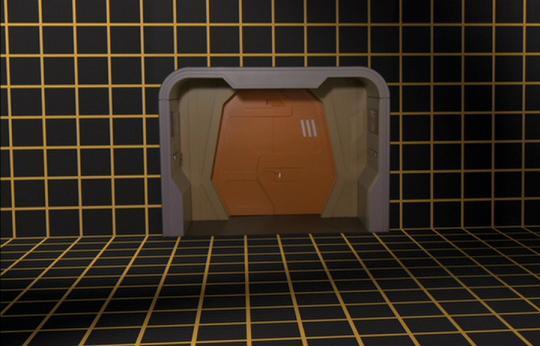
VIRTUAL SPACES
Pittsburgh architectural firm, Astorino, came to us with the problem of how to represent their designs to clients and stakeholders. Architects spend lots of money in redesign and reconstruction once their clients finally see a design in person. Our goal was to create a tool for architects to reduce costs and better communicate with their clients using virtual spaces during the initial design phase.
Our Hypothesis
We attempted to understand what a true emotion was, and how the user really feels about the space when standard communication methods break down. We wanted to investigate if we could use technology to monitor a user while they experience a more life size and more accurate digital representation. We wanted to experiement with different traversing mechanisms to figure out if there was a natural way to walk through a space without physically walking around.
What We've Achieved
We did extensive product testing various devices with a range of users to best understand the most intuitive methods for traversing a virtual space. We created a system for architects to distinguish comfort level between the technology response and physical concept response, and guide people accordingly. We were able to produce and test a working prototype, along with complete documentation for clients to build and operate.



